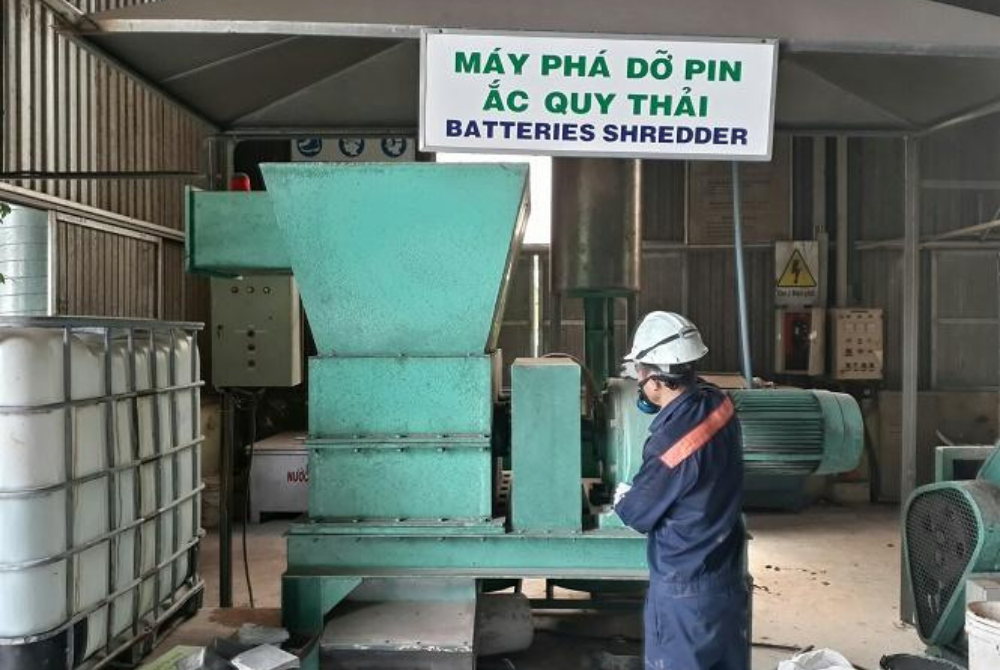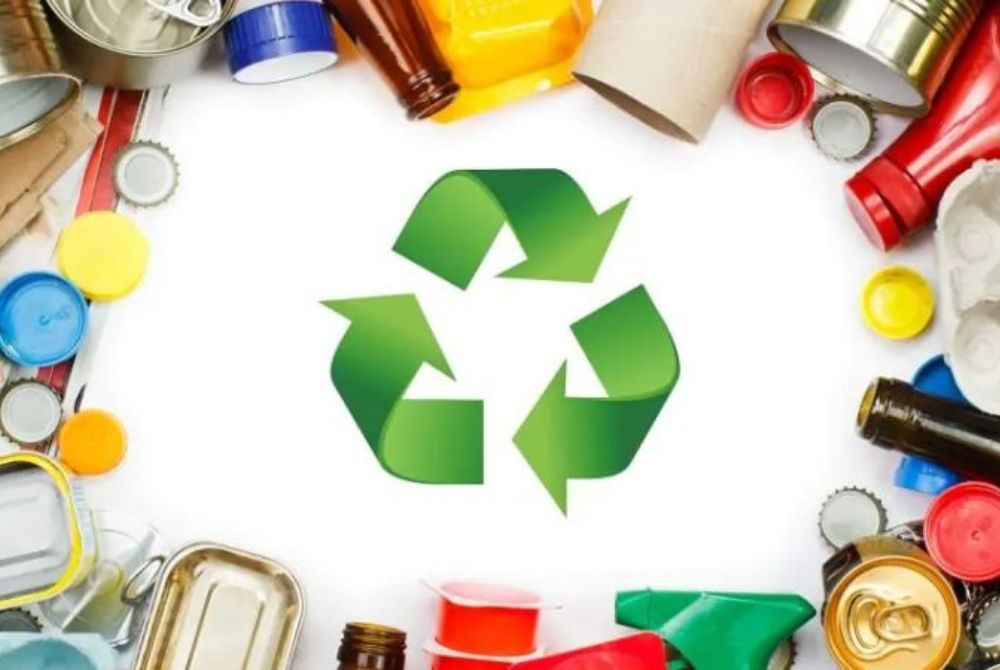Reduce GHG emissions in cement production.
The Ministry of Construction plans to reduce greenhouse gas emissions in the construction industry's management sector by 2024, inventorying the emissions of 50 cement manufacturers to participate in the Carbon Credit trading market.
The cement industry, responsible for 80% of total construction materials manufacturing emissions, is the most polluting sector, with emissions reaching 91.93 million tons by 2022, according to government analyses. The cement manufacturing group has the highest emission intensity and industrial emissions.
The cement industry produces three types of pollutants: emissions from raw materials, calcined fuel sources, and power consumption. Portland cement accounts for 99% of global output. The Intergovernmental Panel on Climate Change (IPCC) reports that generating 1 ton of clinker generates up to 57% of CO2 from raw materials.
In Vietnam, manufacturing one ton of clinker emits around 905 kg of CO2, with emissions from input materials accounting for 525 kg of CO2/ton of clinker.

Reducing electricity consumption/using renewable energy, and using alternative fuels are solutions to reduce emissions in the cement industry.
Vietnam has produced 100 million tons of cement and 80 million tons of clinker in the past five years, accounting for three-quarters of total GHG emissions in the construction materials industry. The Vietnam Construction Materials Development Strategy aims to reduce emissions from 650 kg CO2/ton of cement by 2030.
By 2025, cement production lines producing 2,500 tons of clinker per day or more must use exhaust gas heat for power generation systems. At least 20% of thermal power fly ash or industrial waste will be used as an alternative raw material and cement ingredient, increasing to 30% by 2030. Alternative fuels can account for up to 15% of the total fuel used in cement clinker production.
The Vietnam Cement Association suggests reducing emissions by minimising power consumption and using renewable energy and alternative fuels, such as kiln waste heat and trash, instead of coal. Waste heat technology can help enterprises become self-sufficient in 25-30% of their power requirements, and 40% of cement mills with a design capacity of 2,500 tons of clinker/day have installed this technology.
Vietnamese cement manufacturers primarily use coal for fuel, accounting for 36-37% of total GHG emissions. If the CBAM carbon border adjustment mechanism is implemented, European firms could offset carbon emissions by using trash as fuel for cement kilns. However, European emissions are only marginally less than Vietnam's. Management authorities should implement incentive policies and offset carbon emissions by using alternative raw materials and fuels, mainly trash.
The Ministry of Construction plans to reduce GHG emissions in the construction industry's management sector by 2024. This involves inventorying the GHG emissions of 50 cement production businesses to participate in the Carbon Credit trading market. GHG inventory is crucial for enterprises to determine their position on the country's GHG emission reduction map and make plans to decrease emissions. The most recent update has been released.
The Ministry of Construction is developing a plan to reduce GHG emissions in the construction industry's management sector following Decree 06/2022/ND-CP, which is set to be released by 2024. The plan aims to comply with GHG inventory responsibilities for 50 cement manufacturing facilities starting in 2026 and develop emission reduction strategies before participating in the Carbon Credit trading market.

GHG inventory for cement manufacturing enterprises is an essential task in implementing emission control solutions.
Producing cement and bricks and using construction materials in buildings are the 2 most extensive sources of GHG in the Construction industry. To achieve the commitment to bring net emissions to "ZERO" by 2050, the development of construction material production in Vietnam needs to use energy economically and reduce and replace fossil fuel use as soon as possible.
The construction industry is responsible for two primary sources of national greenhouse gas emissions: chemical reactions in industrial processes used to create building materials and the use of fossil fuels for production, commercial activities, and operations. The creation of construction materials and cement requires significant energy from fossil fuels and clay, according to the Ministry of Construction.
The national inventory system includes emissions from grid electricity use for manufacturing and commercial activities as indirect emissions under energy production. The construction sector's emissions include construction materials, air conditioner leakage, and transportation services.
To achieve Vietnam's net zero emissions objective by 2050, solutions utilising science and technology, transitioning production models to the green industry, and contributing to a sustainable economy are crucial.
Source: Vietnam Natural Resource and Environment e-News












